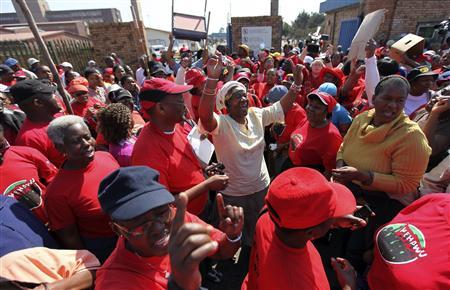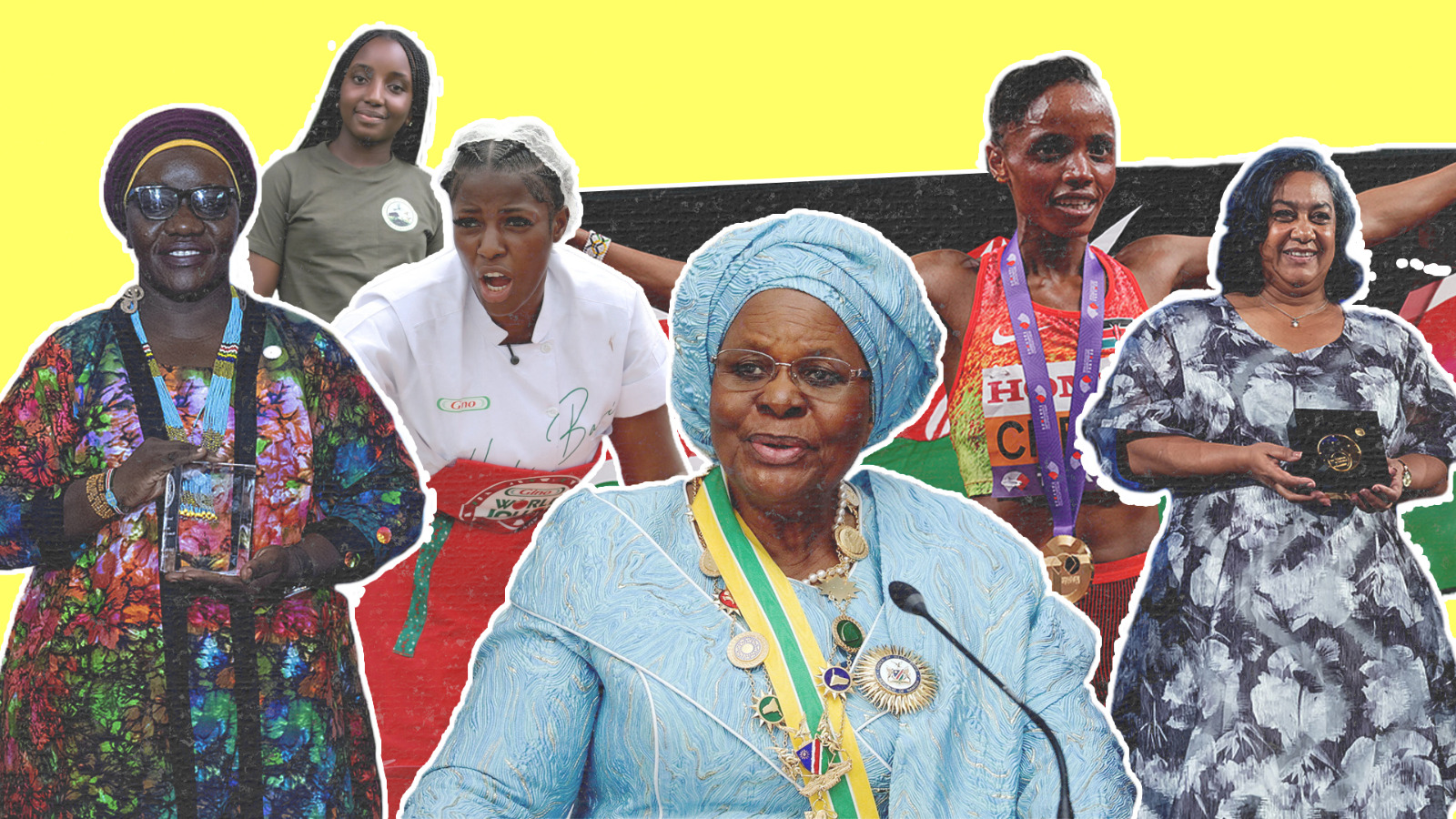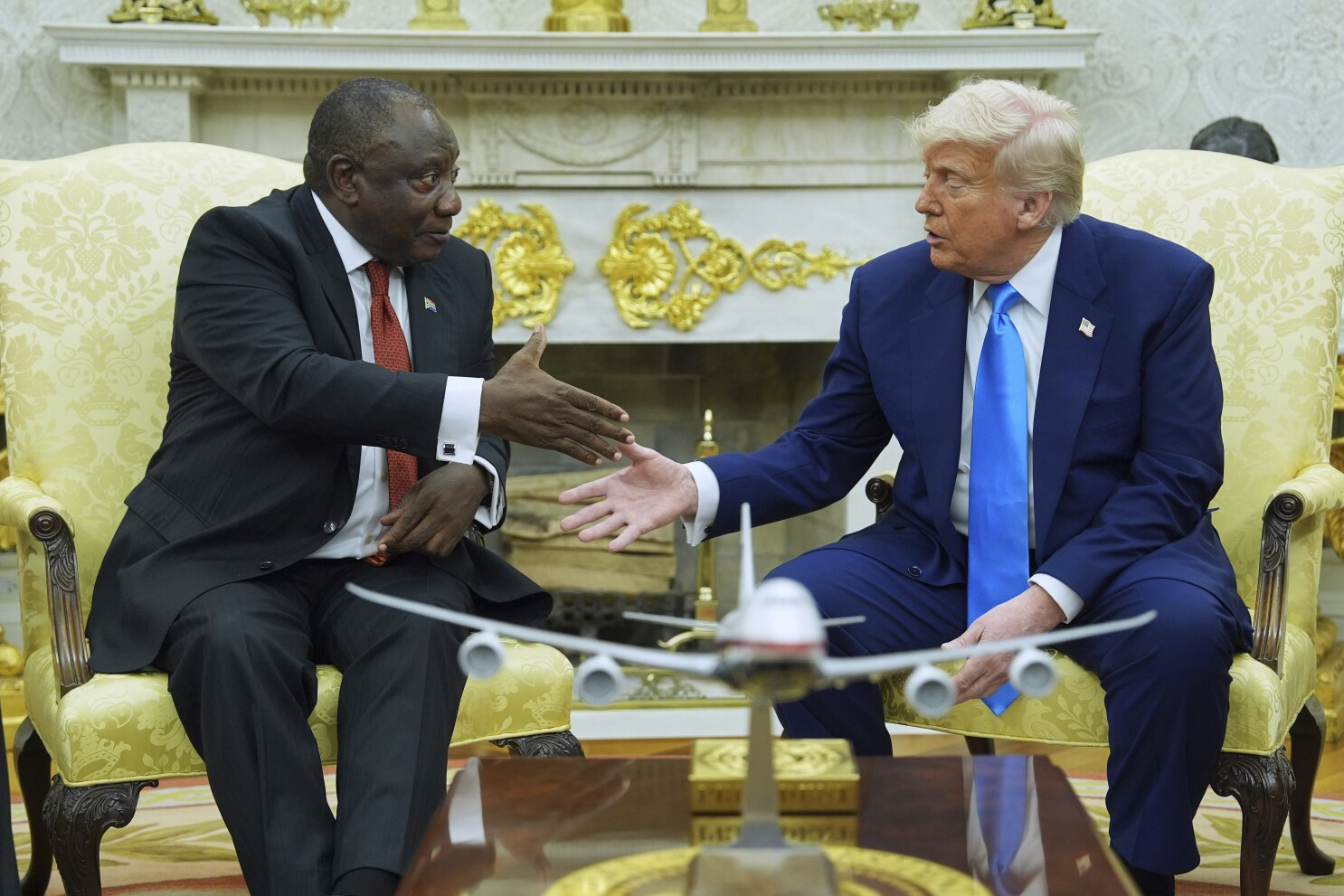
South African public workers push government for 10 percent raise
Labor tension intensified on Wednesday as wage negotiations between the government and public servants stalled.

Public servants have threatened to paralyze public services with a massive strike if their demand for a 10-percent wage increase across the board is not met.
Collective bargaining negotiations have been going on for more than one month but until Wednesday no concrete results have been produced.
At the negotiations, the government offered what unions say “an inadequate offer” of seven percent, falling short of public servants’ demand.
“The current seven-percent offer does not represent any radical shift in abolishing the apartheid income disparities South Africa inherited,” ANCYL national spokesperson Mlondi Mkhize said.
The government’s offer will not assist workers in meeting their basic needs, but will continue to reproduce poverty and consign further the South African people at the bottom of the food chain, he said.
Trade unions said the government’s failure to take seriously these negotiations at a time when workers are already victims of an increase of value added tax (VAT) and the fuel levy will feed the rising tensions.

The last time South Africa’s public service workers went on strike was in 2010. The strike lasted more than a month and the economy hemorrhaged billions of rands as a result.
The new budget presented by the National Treasury envisages a spending ceiling or limit over the next three years to be imposed on the Public Service Wage Bill as an austerity measure. The plan is to reduce spending on salaries of public servants both in the national and provincial departments by 10 billion rand (about 813 million U.S. dollars) in 2017/18 and 15 billion rand (1.2 billion dollars) 2018/19.
This means drastic cuts in salaries for workers at the lower levels in the public service hierarchy and for public servants that are not in specific professional or vocational categories, or fall under the General Public Service domain.
In 1994 South Africa had about 1.4 million public servants servicing a population of 40 million and today the same number of public servants serve 52 million people. Currently the government is sitting with more than 150,000 vacancies in the public service sector.






